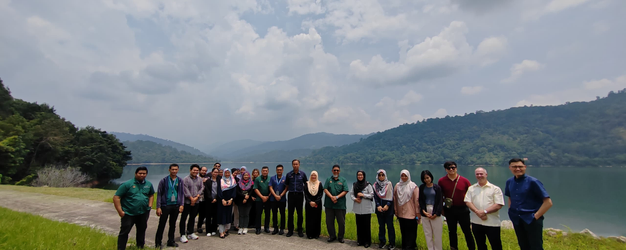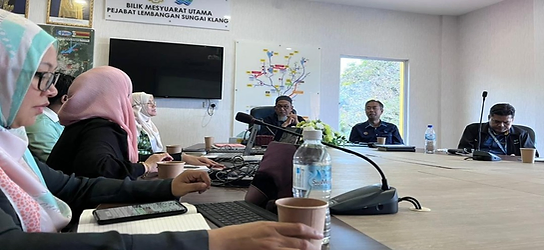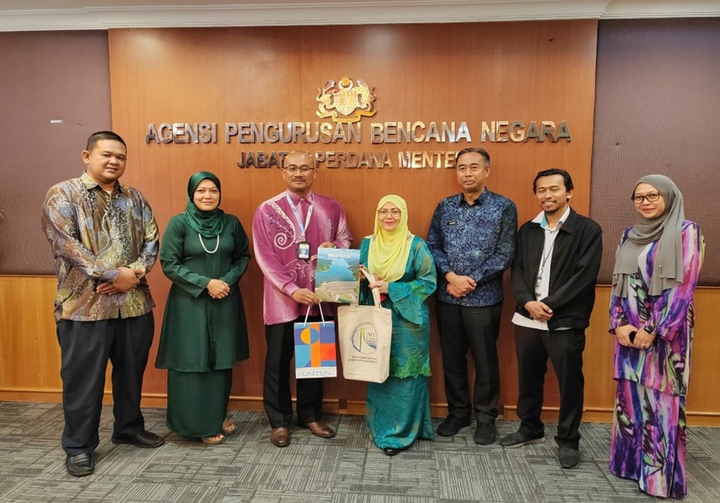Transdisciplinary Research Grant Scheme (TRGS)
The Transdisciplinary Research Grant Scheme (TRGS) tackles the pressing global issue of dam safety management, striving to enhance the safety and reliability of critical infrastructures worldwide. Despite their crucial role in economic development and flood protection, dams pose significant risks of failure, leading to devastating consequences for communities and the environment. TRGS recognizes the urgent need for a comprehensive risk management framework that integrates design, construction, and operation to mitigate natural and anthropic threats effectively.
The project is a pilot study that focuses on Malaysia's outdated dam safety assessment methods, highlighting the limitations of the standards-based approach and the lack of regulations on dam safety risk assessment. To address these shortcomings, TRGS proposes a transformative approach centred on quantitative risk-informed decision-making (RIDM). By using RIDM approach, the project aims to predict probable failure modes, prioritize mitigation measures, and minimize loss of life and property damages.


Furthermore, TRGS seeks to enhance the performance of the RIDM method through the application of machine learning algorithms for accurate and rapid prediction of reservoir conditions. This optimization extends to hydrodynamic dam-break flood modelling, which is crucial for failure mode analysis. Through these efforts, the project aims to generate methodologies and practical tools for risk analysis in dam safety management, aligning with international best practices and standards set by organizations such as the United States Bureau of Reclamation and the Spanish National Committee on Large Dams.

However, while storing so much data related to dams for RIDM modelling, another important feature needs to be considered cyber security. It’s very important to avoid or delay successful cyber-attacks that could result in operation disruption that can threaten people's safety and confidential information disclosure. To address this, the project aims to develop a tool that will be created to help the state government or dam owner to understand further the cyber threats of dam control systems and be alert of APT's existence. The proposed methodology emphasizes integral and continuous dam safety management, utilizing existing information from the Dam Safety Database to conduct qualitative and quantitative risk analyses and protect all its information from cyber threats. Ultimately, the project aims to contribute to global efforts in mitigating the catastrophic consequences of dam failures, safeguarding lives and properties at the same time strengthening the security of dam control systems against sophisticated attacks such as APT.